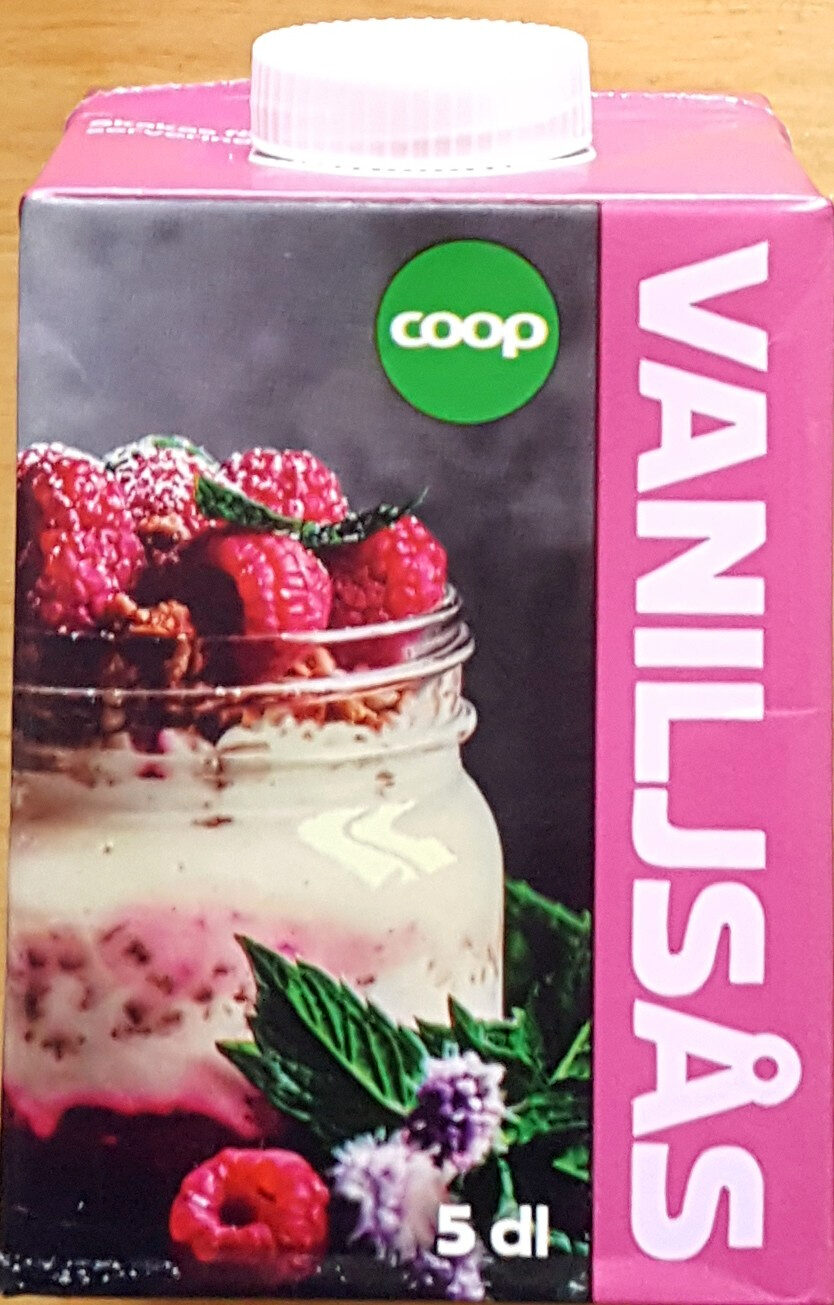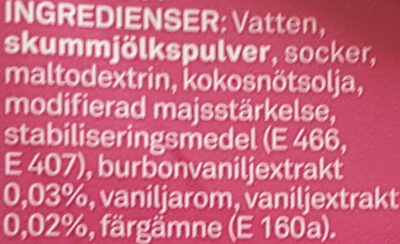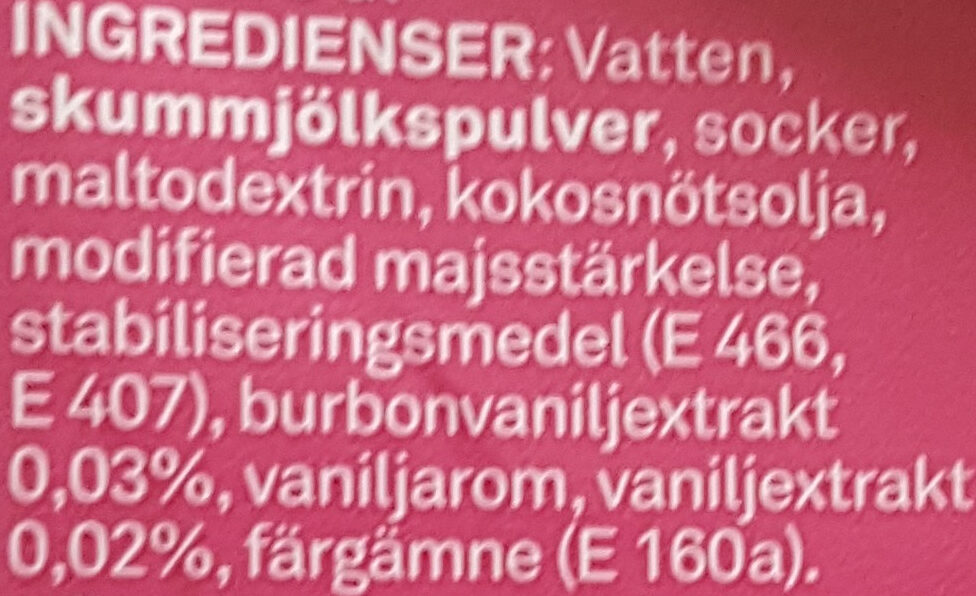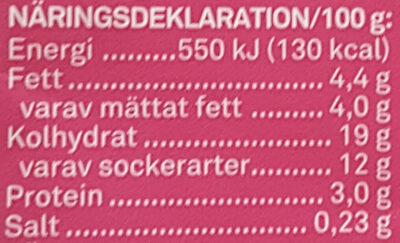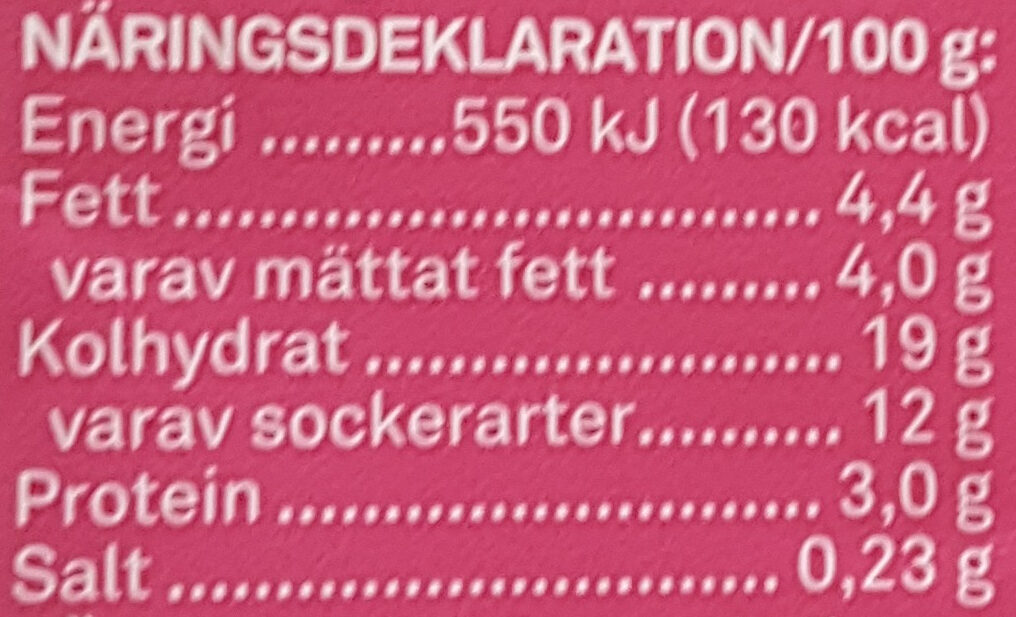Vaniljsås - Coop - 5 dl
This product page is not complete. You can help to complete it by editing it and adding more data from the photos we have, or by taking more photos using the app for Android or iPhone/iPad. Thank you!
×
Streckkod: 7300156587435 (EAN / EAN-13)
Kvantitet: 5 dl
Förpackning: Plast, Papper, FSC C014047
Varumärken: Coop
Kategorier: Mejeriprodukt, en:Condiments, Efterrätter, en:Dairy desserts, Såser, en:groceries
Etiketter, certifieringar, utmärkelser:
en:FSC, en:FSC Mix, en:FSC C014047
Tillverknings eller bearbetningsplats: Danmark, Denmark, Tårs
Spårbarhetskod: FSC-C014047
Butiker: Coop
Länder där såld: Sverige
Matching with your preferences
Miljö
Förpackning
Transportation
Report a problem
Datakällor
Produkt tillagd den av akitainu
Senast ändrad produktsida på av teolemon.
Produktsida också redigerad av openfoodfacts-contributors, packbot, roboto-app.

